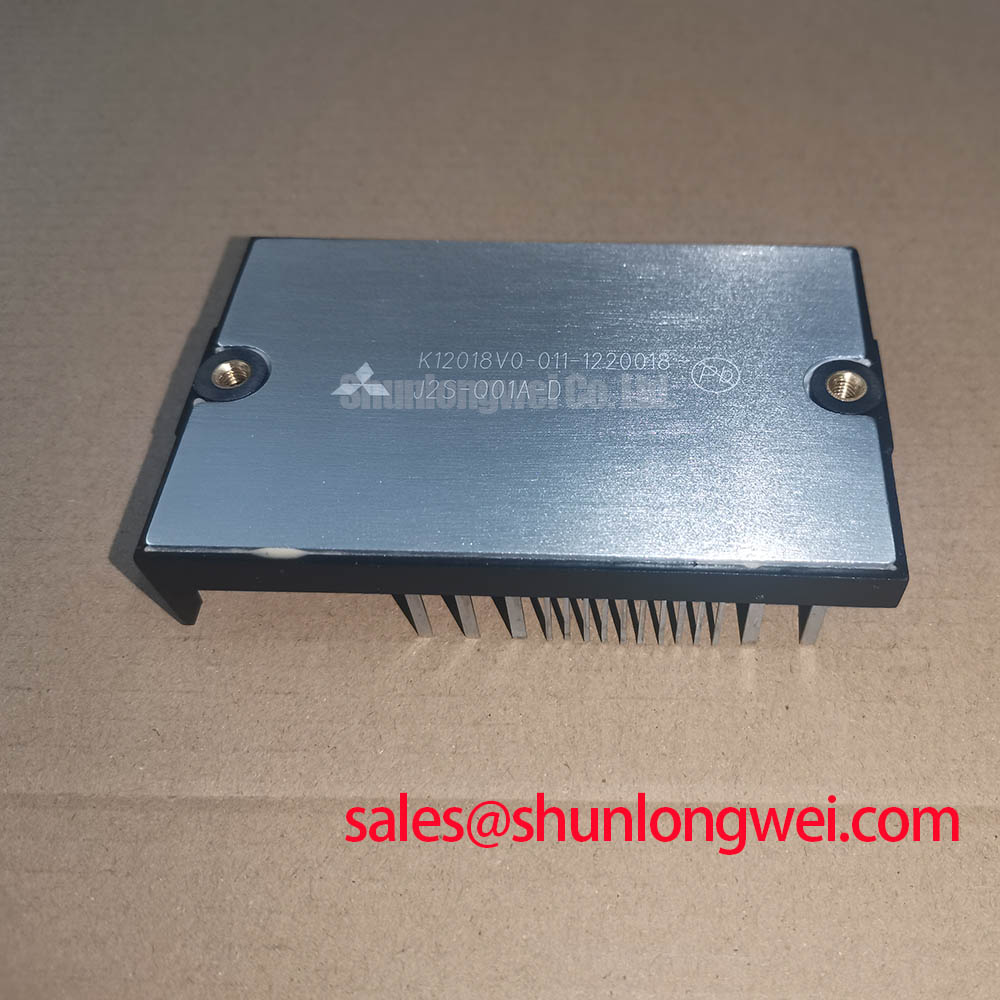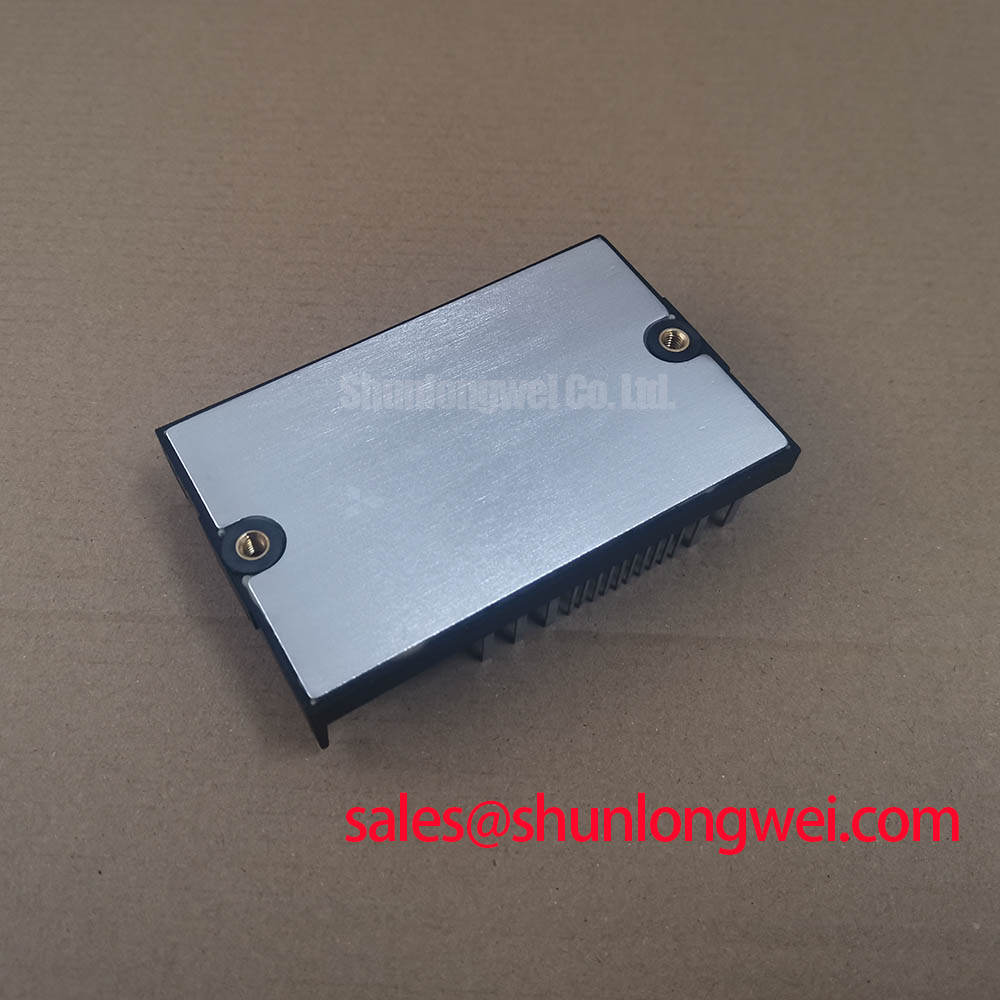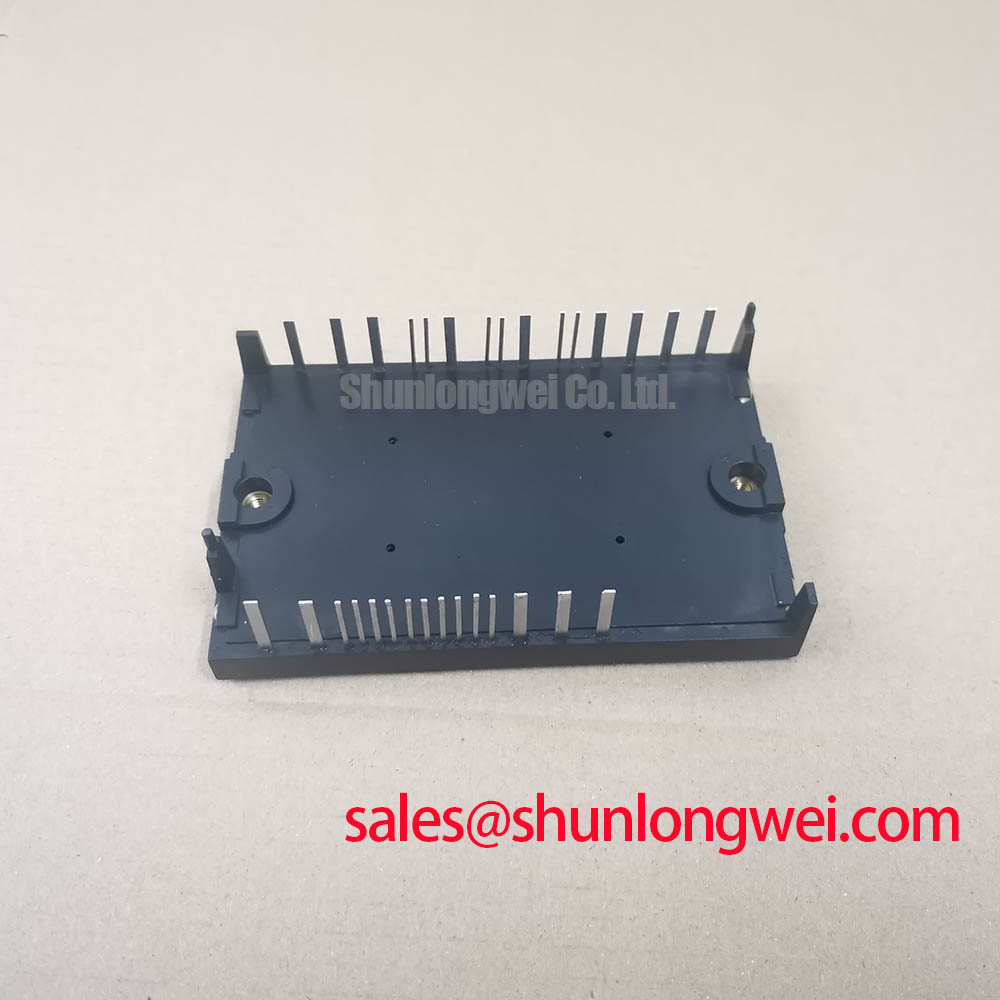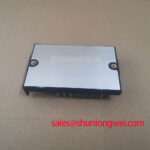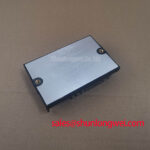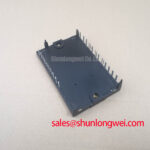Content last revised on November 14, 2025
Mitsubishi J2S-Q01A-D: Reliable Single-Axis Motion Control
Introduction to the J2S-Q01A-D Motion Controller
The Mitsubishi J2S-Q01A-D is a dedicated single-axis positioning module engineered for the MELSEC-Q series PLC. It establishes control through the high-speed SSCNET (Servo System Controller Network), a fiber-optic communication system. This architecture provides exceptional immunity to the electrical noise prevalent in industrial environments, forming the basis of a deterministic and highly dependable motion control setup. For engineers planning a Mitsubishi Q series PLC motion control setup, this module offers a direct, backplane-integrated path to achieving precise and repeatable positioning with minimized wiring complexity and enhanced diagnostic capabilities.
Applications Built for Operational Continuity
The J2S-Q01A-D is specified for automation tasks where positioning accuracy and long-term operational integrity are critical economic drivers. Its design delivers substantial value in systems that cannot tolerate downtime or inconsistent performance.
- Packaging Machinery: Ensures precise control for filling, sealing, and labeling operations, where consistent placement directly impacts material waste and product quality. The module's reliability contributes to higher overall equipment effectiveness (OEE).
- Semiconductor Handling Equipment: Provides the stable, repeatable movements required for wafer transport and component placement, minimizing the risk of damage to high-value materials.
- Automated Assembly Lines: Drives pick-and-place units, screw feeders, and other single-axis mechanisms with the dependability needed for continuous, high-volume production schedules.
- Material Converting Systems: Manages precise cutting, winding, and tensioning tasks in converting applications, where accuracy over long production runs is essential for profitability.
Key Performance Specifications
The technical specifications of the J2S-Q01A-D are tailored for seamless integration and dependable performance within its target application scope. For a complete list of specifications, please Download the Datasheet.
| Feature Group | Parameter | Specification |
|---|---|---|
| Control Specifications | Number of Control Axes | 1 Axis |
| Control Specifications | Control Modes | Positioning, JOG, Manual Pulse Generator |
| Control Specifications | Positioning Data Points | 600 points per axis (via PLC device memory) |
| Interface Specifications | PLC Interface | Direct Backplane Integration with MELSEC-Q Series |
| Interface Specifications | Servo Amplifier Interface | SSCNET (Fiber Optic) |
| Performance | Compatible Servo Amplifiers | MELSERVO-J2S Series |
| Environmental | Operating Ambient Temperature | 0 to 55°C |
Interpreting the Core Parameters for System Design
Number of Control Axes (1): Opting for a dedicated single-axis controller like the J2S-Q01A-D is a strategic decision for optimizing total cost of ownership. It prevents the over-specification and higher cost associated with multi-axis controllers in applications that only require one axis of motion, ensuring resources are allocated efficiently.
SSCNET Servo Interface: The use of a fiber-optic interface is a defining feature for system reliability. The SSCNET link acts like a dedicated, interference-proof highway for motion commands, unlike a shared, copper-wired city street susceptible to traffic jams from electrical noise. This structural advantage ensures commands from the Mitsubishi J2S-Q01A-D arrive at the servo drive on time, every time, guaranteeing the highest level of repeatable precision and minimizing troubleshooting related to signal integrity.
Strategic Advantage in Modern Automation
Integrating the J2S-Q01A-D provides a distinct advantage in a competitive manufacturing landscape. As factories move towards more modular and interconnected systems, the need for components that reduce points of failure becomes paramount. This module's reliance on a noise-immune fiber optic network and its direct integration into the PLC backplane simplifies machine wiring, which directly correlates to faster commissioning and fewer potential fault locations over the machine's lifecycle. This design philosophy aligns with the long-term goals of reducing maintenance overhead and maximizing asset uptime, making it a sound investment for building resilient and productive automation infrastructure.
A Closer Look at the Control Architecture
The J2S-Q01A-D functions as the master controller within a dedicated motion network. It communicates directly with a compatible MELSERVO-J2S series servo amplifier over the SSCNET fiber optic cable. This architecture fundamentally differs from traditional pulse-train control methods.
The SSCNET Communication Protocol
Instead of sending discrete step and direction pulses, which can be susceptible to noise over long cable runs, the J2S-Q01A-D transmits complete data packets. These packets contain positioning commands, speed parameters, and other control instructions. The servo amplifier, in turn, returns status information, current position, and diagnostic data. This bidirectional communication allows for sophisticated error detection and real-time monitoring directly from the PLC, a critical feature for preventative maintenance and rapid fault diagnosis. For complex systems, a high-current power module like the CM600DX-24T is often at the heart of the servo amplifier, providing the necessary power for demanding motor tasks.
Comparative Analysis for System Architects
Choosing the right motion control strategy involves weighing different implementation philosophies. The J2S-Q01A-D presents a clear value proposition when compared against alternative methods for single-axis control.
J2S-Q01A-D (SSCNET) vs. Pulse Train Output Modules
While standard pulse output modules may present a lower initial component cost, the SSCNET approach of the J2S-Q01A-D offers superior system-level value. The fiber optic connection eliminates concerns about signal degradation and electrical noise, a common issue with pulse trains in environments with large motors and drives. Furthermore, the reduction in wiring—replacing multiple shielded cables with a single fiber optic pair—lowers installation labor costs and shrinks the control cabinet footprint.
Single-Axis vs. Multi-Axis Controllers
For systems requiring only one axis of high-performance motion, deploying the J2S-Q01A-D is the most economically sound and efficient choice. It avoids the programming complexity and higher hardware cost of a multi-axis controller. This focused approach simplifies the bill of materials, PLC program logic, and future maintenance, directly contributing to a lower total cost of ownership for the machine. Understanding the fundamentals of the components within servo drives is key; explore our guide on the role of IGBTs in robotic servo drives to learn more.
Frequently Asked Questions about the J2S-Q01A-D
What is SSCNET motion control and why is it considered reliable?SSCNET is a dedicated servo system network from Mitsubishi Electric that uses fiber-optic cables for communication between the motion controller and the servo amplifier. Its reliability stems from the inherent immunity of fiber optics to electromagnetic interference (EMI), which is a common source of command signal errors in industrial settings. This ensures that control signals are transmitted with high fidelity, leading to more precise and repeatable motion control compared to traditional copper-wire-based pulse train systems. For further reading on control technologies, see the official documentation from Mitsubishi Electric.
Can the J2S-Q01A-D be used with newer MELSERVO-J4 or J5 series drives?No, the J2S-Q01A-D is specifically designed to be compatible with the MELSERVO-J2S series of servo amplifiers via the SSCNET protocol. Newer servo series like the J4 and J5 utilize a more advanced network, SSCNET III/H. For systems using these newer drives, a corresponding motion controller or simple motion module compatible with SSCNET III/H (such as a QD77MS series module) is required.
To ensure the long-term reliability and performance of your single-axis applications, contact our engineering team to discuss integrating the J2S-Q01A-D into your MELSEC-Q system or to identify the appropriate control solution for your specific requirements.

